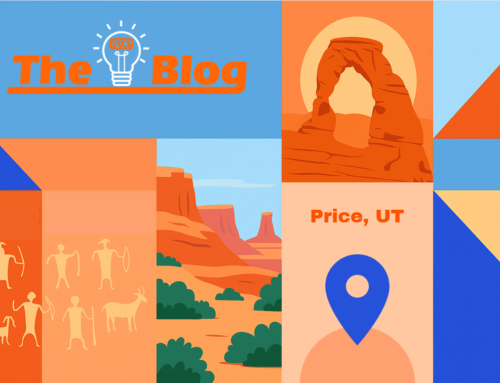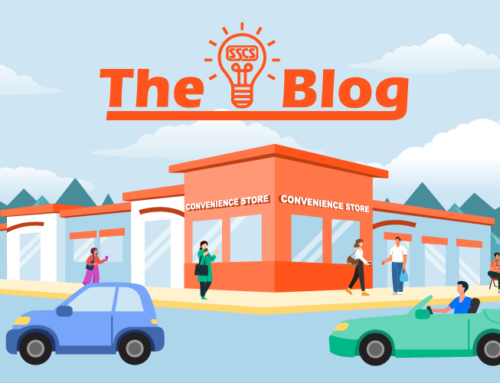
Top Stop Convenience Stores, Part 2
When Top Stop Convenience Stores upgraded to SSCS technology, performance improvement followed rapidly.
In last week’s blog post, we introduced SSCS customer Top Stop Convenience Stores, a 30-site operator headquartered in Salt Lake City (SLC).
The period from the organization’s beginnings in 1988 up until 2013 was marked by consistent growth and expansion. Eventually the Top Stop management team concluded they needed a more robust technology solution, especially when it came to managing inventory, which had gained complexity with more stores, more vendors, and more unique UPC’s.
“We became concerned we had blind spots in our product mix,” says Top Stop Controller Paul White. “We wanted better reporting across stores, and we needed timely price information with the level of detail that could bring undetected margin erosion to the surface.”
Every day, inventory profitability is under assault from a number of factors: understocking hot sellers, slow movers hogging shelf space, missed vendor price changes, shrinkage. With each individual item contributing its own small share to the bottom line, inadequate inventory control—from a profitability perspective—can be like death from a thousand paper cuts.
Top Stop believed that SSCS’s Computerized Daily Book (CDB) back office could help identify such vulnerabilities in the price book and prevent any profit “bleeding.” The fact that SSCS would be standing behind the product’s installation onsite, and via consistent phone communication, encouraged a fast transition. It didn’t take long for tangible results to appear.

“We were having a shrinkage problem with our cigarettes,” states Curtis Scharman, Top Stop Marketing Manager. “And the reduction in loss was almost immediately felt. In the first four stores that went live with SSCS, it took a month for cigarette shrinkage to decrease from around 50–60 packs per month to two or three. That was very encouraging.”
That Top Stop got up and running so fast is a testimony to the preliminary installation work, described in Part 1, on which Top Stop and SSCS collaborated. It also speaks to the soundness of the processes Top Stop already had in place, which aligned with much of the design and intent of the CDB to support management efficiency.
Take the flexibility of SSCS reporting, for example. Stores aren’t silos, and as such each site’s pricing information shouldn’t be walled off from those of others.
“The view we’d get from our previous software was locked down by site,” adds White. “There was little shared perspective regarding pricing, which just wasn’t working for us anymore. Now we can compare prices and quantities globally or within any area of the enterprise—we can even transfer records of inventory from one store to another. It’s just better.”
Top Stop’s improved category management—the ability to stay responsive to changing trends and customer preferences to their own satisfaction—came in large part from the data analytics the CDB provided. Identifying the categories with the highest profitability and customer demand, while balancing the mix of items across stores led to other improvements, too.
“The CDB really simplified and sped up invoicing,” notes Scharman, “the software design that makes it easy to bill. Getting past due information reliably and on time also helps. We also adjusted our workforce allocation and tweaked scheduling based on the sales patterns we were seeing. Broad trends or individual detail—SSCS is really good at giving us both.”
Congratulations to Top Stop Convenience Stores on their multiple decades of success and their current positioning for future growth into Idaho and beyond. They’re the type of family-owned, multi-site juggernaut that helps make out industry such a special one. We’re only too glad to help.






Leave A Comment